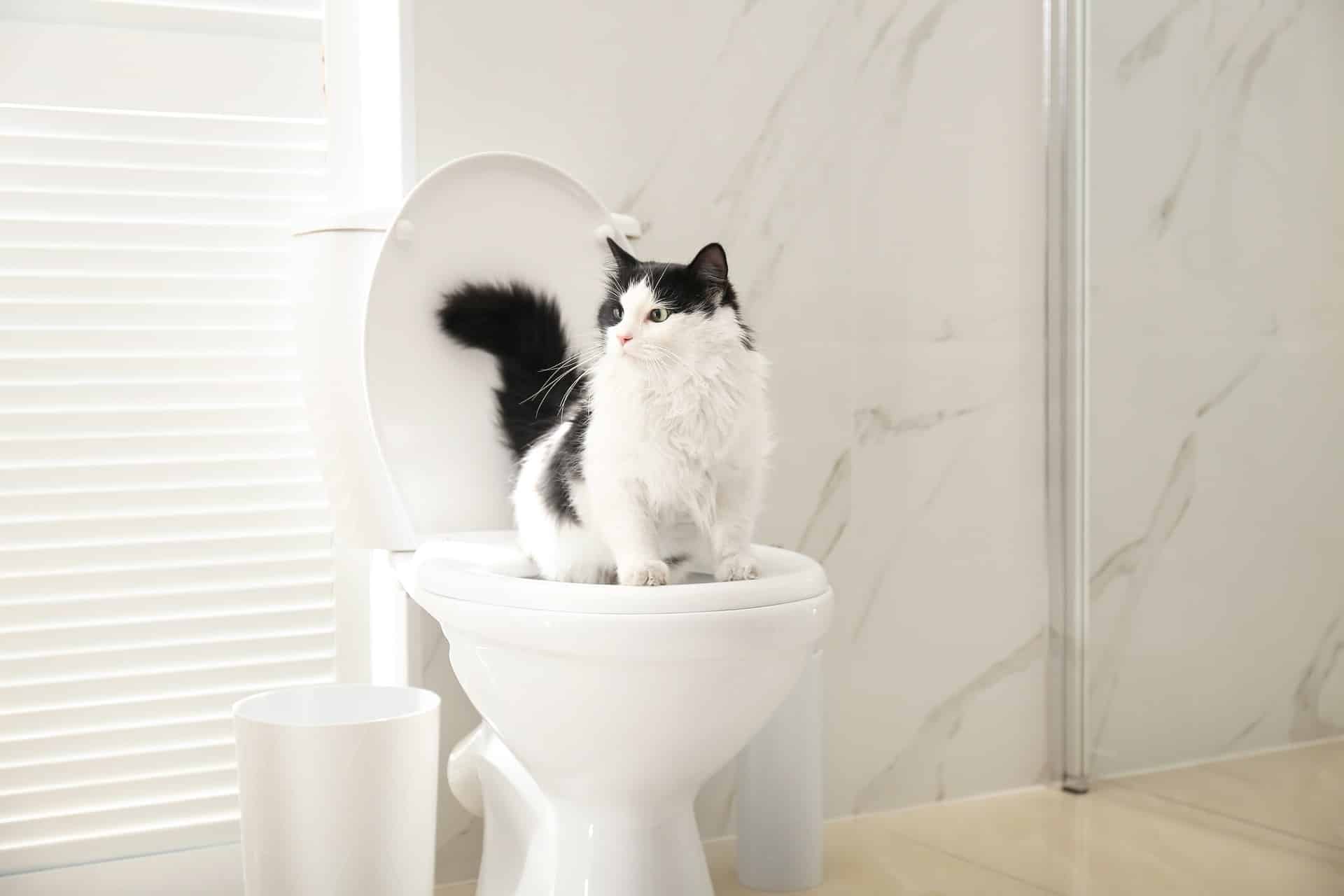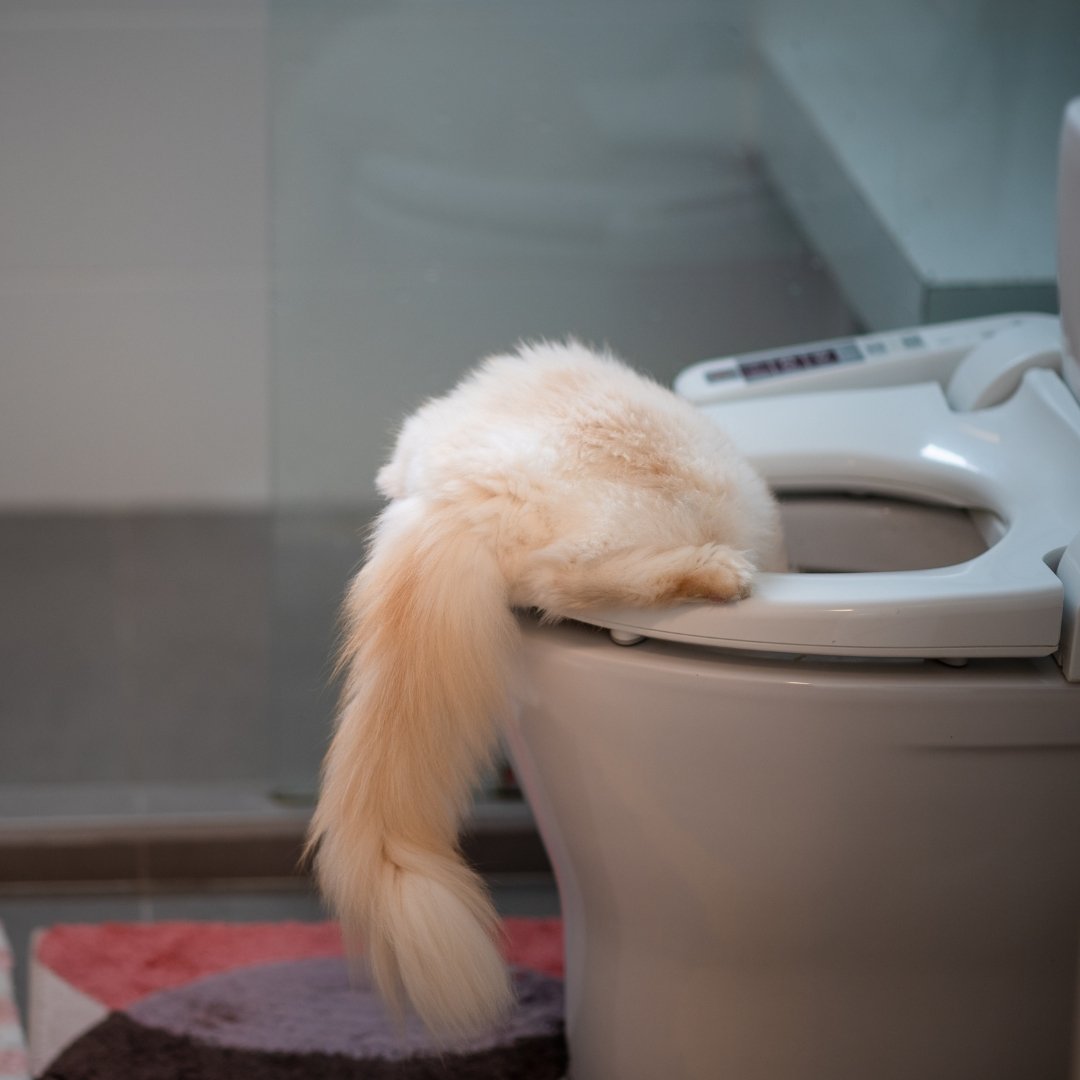My Relevance of Not Getting rid of Animal Waste Down the Toilet
Explore NowAlmost everyone seems to have their own individual thoughts when it comes to Should you flush animal waste down the toilet.

When it involves getting rid of waste, especially animal waste, many people frequently turn to the practical alternative of flushing it down the toilet. However, this seemingly very easy solution can have major consequences for the setting and public health. In this write-up, we'll explore why flushing pet waste down the bathroom is a bad concept and offer alternate techniques for appropriate disposal.
Introduction
Proper waste disposal is essential for keeping ecological sustainability and public health. While it might seem harmless to flush animal waste down the toilet, it can bring about numerous concerns, both for the atmosphere and human health.
Threats of flushing pet waste
Environmental influence
Purging pet waste introduces harmful germs and virus right into waterways, which can adversely impact aquatic communities. These microorganisms can contaminate water sources and harm aquatic life, disrupting delicate ecosystems.
Public health problems
Animal waste has harmful germs such as E. coli and Salmonella, which can pose major health dangers to humans. Flushing pet waste down the toilet can contaminate water supplies, resulting in the spread of diseases and infections.
Alternatives to flushing
As opposed to purging animal waste down the bathroom, there are numerous alternative disposal methods that are a lot more eco-friendly and hygienic.
Composting
Composting pet waste is an eco-friendly way to throw away it. By composting, raw material is broken down into nutrient-rich soil, which can be made use of to feed gardens and plants.
Land fill disposal
Disposing of pet waste in a land fill is one more alternative. While not as environmentally friendly as composting, it is a safer option to flushing, as it prevents the contamination of water sources.
Animal garbage disposal systems
There are specific pet dog waste disposal systems available that safely and hygienically get rid of pet waste. These systems usually use enzymes to break down waste and get rid of odors.
Steps to appropriate animal garbage disposal
To guarantee proper disposal of animal waste, adhere to these steps:
Scooping and landing waste
Regularly scoop and bag pet waste making use of biodegradable bags. This stops waste from polluting the atmosphere.
Making use of marked waste bins
Dispose of bagged animal waste in marked waste bins, such as garden compost containers or garbage dump bins. Stay clear of flushing it down the toilet whatsoever costs.
Cleansing can and family pet locations routinely
Frequently tidy can and pet dog locations to prevent the build-up of waste and germs. Usage pet-safe cleaning items to keep hygiene.
Advantages of proper disposal approaches
Adopting correct disposal approaches for pet waste uses several benefits:
Decreased environmental pollution
Proper disposal methods decrease the risk of environmental pollution, safeguarding rivers and environments from contamination
Decreased danger of water contamination.
By avoiding flushing pet waste down the commode, the threat of water contamination is considerably reduced, guarding public health.
Boosted hygiene and health
Proper disposal approaches promote far better cleanliness and health, developing a safer atmosphere for both people and animals.
Conclusion
To conclude, flushing pet waste down the bathroom is harmful to the atmosphere and public health. By adopting alternative disposal approaches and following correct waste management techniques, we can reduce the negative effect of animal waste and contribute to a cleaner, healthier world.
What To Do With Dog Poo – The Do's And Don'ts Of Disposing Of Faeces
Dog poo bins
Some councils provide dedicated dog waste bins in popular dog-walking areas that can take dog poo that has been bagged but you can legally dispose of dog waste in any public litter bin, as long as it is securely bagged. This also applies to your wheelie bin at home.
Do not flush
Water companies do not recommend flushing dog faeces down the toilet because certain parasites can survive the water processing treatment and are potentially harmful to humans. You should also never consider flushing dog poo that has been bagged down the toilet as the bags will not break down and instead create severe blockages in the sewage system.
In the woods
The Forestry Commission promotes a ‘stick and flick’ method for dealing with waste in the woods. This means finding a stick and using it to flick any poo from off the path so that it is out of the way of other walkers. You could also bury it as long as it is not in an area where there might be livestock.
Livestock
Parasites found in dog poo can be transmitted to livestock if they inadvertently eat infected faeces that has been left on grazing land. This could result in the death of sheep or abortion in cattle so you should always make sure you pick up your dog’s waste in fields where livestock could be present.

Frequently tidy can and pet dog locations to prevent the build-up of waste and germs. Usage pet-safe cleaning items to keep hygiene.
Advantages of proper disposal approaches
Adopting correct disposal approaches for pet waste uses several benefits:
Decreased environmental pollution
Proper disposal methods decrease the risk of environmental pollution, safeguarding rivers and environments from contamination
Decreased danger of water contamination.
By avoiding flushing pet waste down the commode, the threat of water contamination is considerably reduced, guarding public health.
Boosted hygiene and health
Proper disposal approaches promote far better cleanliness and health, developing a safer atmosphere for both people and animals.
Conclusion
To conclude, flushing pet waste down the bathroom is harmful to the atmosphere and public health. By adopting alternative disposal approaches and following correct waste management techniques, we can reduce the negative effect of animal waste and contribute to a cleaner, healthier world.
What To Do With Dog Poo – The Do's And Don'ts Of Disposing Of Faeces
Dog poo bins
Some councils provide dedicated dog waste bins in popular dog-walking areas that can take dog poo that has been bagged but you can legally dispose of dog waste in any public litter bin, as long as it is securely bagged. This also applies to your wheelie bin at home.
Do not flush
Water companies do not recommend flushing dog faeces down the toilet because certain parasites can survive the water processing treatment and are potentially harmful to humans. You should also never consider flushing dog poo that has been bagged down the toilet as the bags will not break down and instead create severe blockages in the sewage system.
In the woods
The Forestry Commission promotes a ‘stick and flick’ method for dealing with waste in the woods. This means finding a stick and using it to flick any poo from off the path so that it is out of the way of other walkers. You could also bury it as long as it is not in an area where there might be livestock.
Livestock
Parasites found in dog poo can be transmitted to livestock if they inadvertently eat infected faeces that has been left on grazing land. This could result in the death of sheep or abortion in cattle so you should always make sure you pick up your dog’s waste in fields where livestock could be present.

I am very focused on Should you flush animal waste down the toilet and I hope you liked my article. Sharing is caring. You never know, you might be helping someone out. Kudos for your time. Kindly come visit our website back soon.
Instant Quote